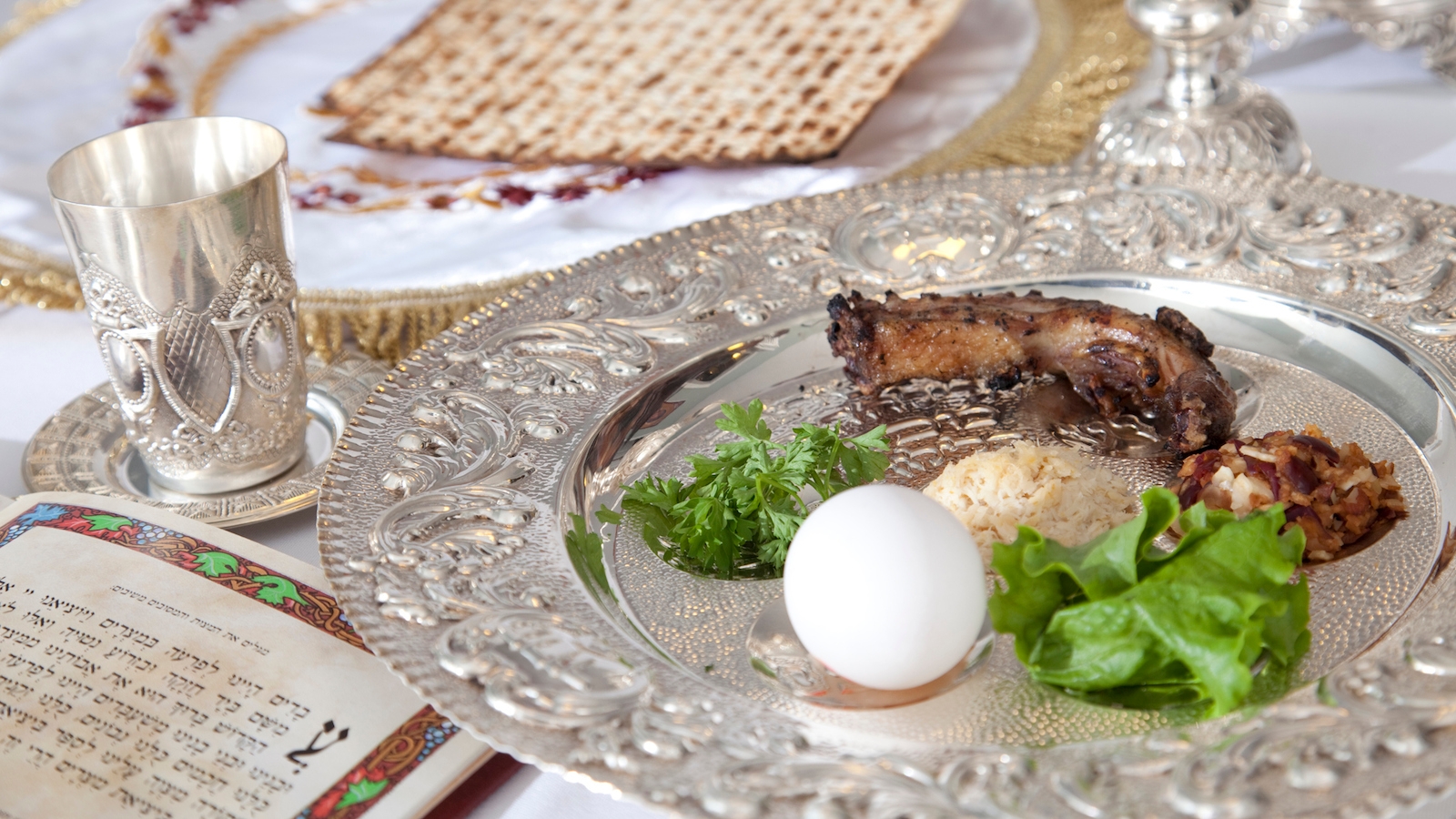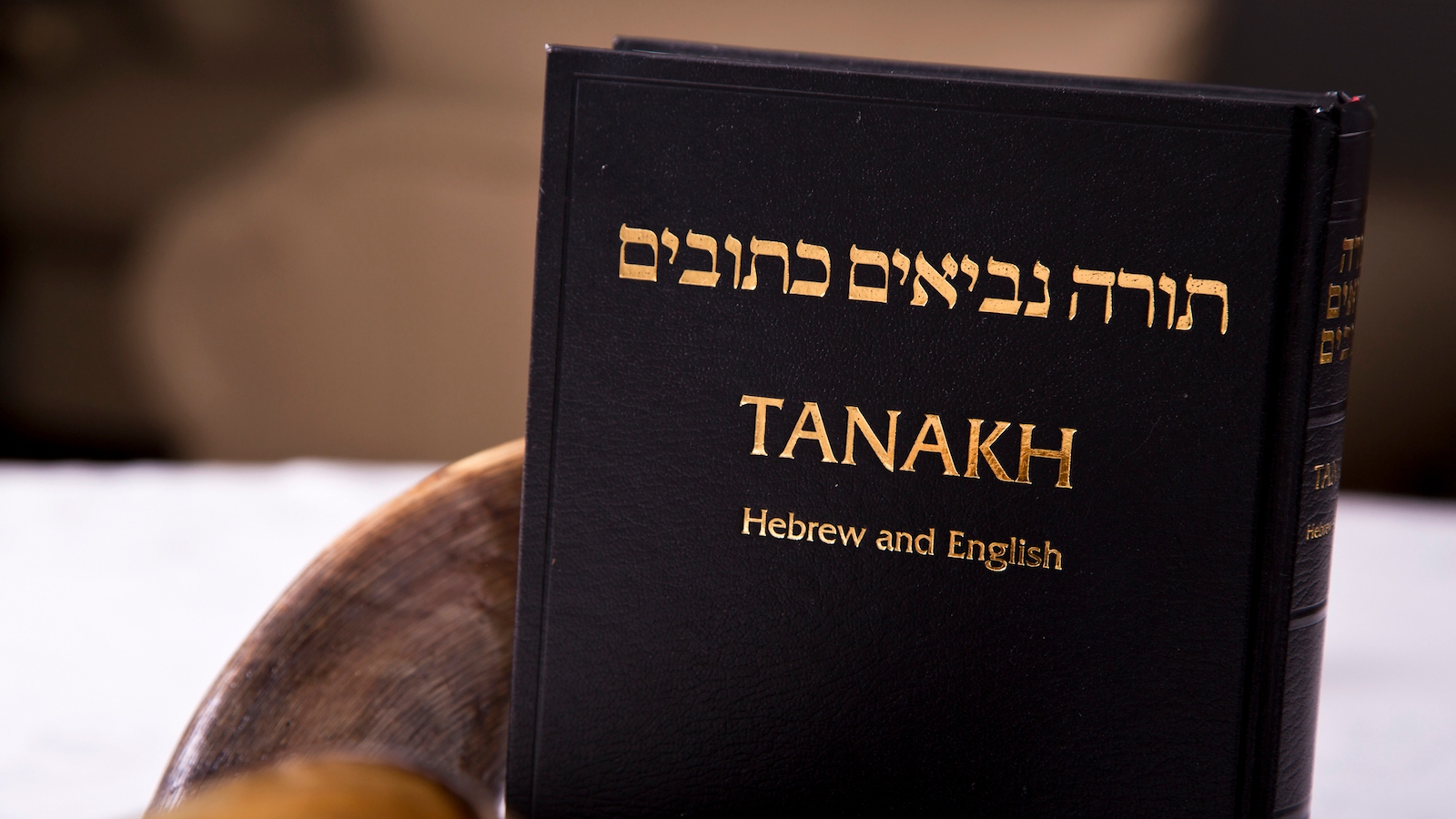
What is Judaism 101?
Answering Frequently Asked Questions about Jews and Judaism in plain English for a quarter of a century Judaism 101 or "Jew FAQ" is an online encyclopedia of Judaism, covering Jewish beliefs, people, places, things, language, scripture, holidays, practices and customs.
What is Judaism all about?
Judaism: A Brief Introduction Judaism (in Hebrew: Yahadut) is the religion, philosophy and way of life of the Jewish people. Judaism is a monotheistic religion, with its main inspiration being based on or found in the Tanakh which has been explored in later texts, such as the Talmud. Judaism is considered to be
What is the main idea of the Book of Judaism?
Judaism is a monotheistic religion, with its main inspiration being based on or found in the Tanakh which has been explored in later texts, such as the Talmud. Judaism is considered to be the expression of the covenantal relationship God established with B’nei Yisrael.

Who taught the Torah?
Taught by Rabbi Mark S. Golub.
What was it like for the children of Israel to stand at Sinai?
The dramatic account of what it was like for the Children of Israel to stand at “Sinai” to hear the voice of God, and how the rabbis explain the ways in which each person “heard” God that day.
What is Chanukah special?
Chanukah Special. From an adult perspective, learn the history, the story, and the celebrations of Chanukah, and why it is the quintessential expression of Jewish identity and the American principle of religious freedom. “Jewish 101” with Rabbi Mark S. Golub.
What is the main form of Judaism?
Rabbinic Judaism – Yahadut Rabanit – grew out of Pharisaic Judaism and has been considered the mainstream form of Judaism since the codification of the Talmud Bavli. With the redaction of the “Oral Law” and the Talmud Bavli becoming the authoritative interpretation of the Tanakh, Rabbinic Judaism became the dominant form of Judaism in the Diaspora. Rabbinic Judaism encouraged the practice of Judaism when the sacrifices and other practices in Eretz Yisrael were no longer possible.
What is the Talmud?
The Talmud (“instruction, learning”) is a central text of Rabbinic Judaism. It is also traditionally referred to as Shas, a Hebrew abbreviation of shisha sedarim, the “six orders”. The Talmud has two components. The first part is the Mishnah, the written compendium of Judaism’s “Oral Torah.” The second part is the Gemara, an elucidation of the Mishnah and related Tannaitic writings that often ventures onto other subjects and expounds broadly on the Tanakh. The terms Talmud and Gemara are often used interchangeably, though strictly speaking that is not accurate. The whole Talmud consists of 63 tractates, and in standard print is over 6,200 pages long. It is written in Tannaitic Hebrew and Aramaic. The Talmud contains the teachings and opinions of thousands of rabbis on a variety of subjects, including Halakha (law), Jewish ethics, philosophy, customs, history, lore and many other topics. The structure of the Talmud follows that of the Mishnah, in which six orders (sedarim; singular: seder) of general subject matter are divided into 60 or 63 tractates (masekhtot; singular: masekhet) of more focused subject compilations, though not all tractates have Gemara. Each tractate is divided into chapters (perakim; singular: perek), 517 in total, that are both numbered according to the Hebrew alphabet and given names, usually using the first one or two words in the first mishnah. A perek may continue over several (up to tens of) pages. Each perek will contain several mishnayot with their accompanying exchanges that form the “building-blocks” of the Gemara; the name for a passage of gemara is a sugya (סוגיא; plural sugyot). A sugya, including baraita or tosefta, will typically comprise a detailed proof-based elaboration of a Mishnaic statement, whether halakhic or aggadic. A sugya may, and often does, range widely off the subject of the mishnah. In a given sugya, scriptural, Tannaic and Amoraic statements are cited to support the various opinions. In so doing, the Gemara will highlight semantic disagreements between Tannaim and Amoraim (often ascribing a view to an earlier authority as to how he may have answered a question), and compare the Mishnaic views with passages from the Baraita. Rarely are debates formally closed; in some instances, the final word determines the practical law, but in many instances the issue is left unresolved. Zera’im (Seeds):
What is the Mishneh Torah?
The Mishneh Torah (“Repetition of the Torah ”) subtitled Sefer Yad HaHazaka (“Book of the Strong Hand,”) is a code of Rabbinic halakhah (Jewish religious law) authored by Maimonides (Rabbi Moshe ben Maimon, also known as RaMBaM or “Rambam”), one of history’s foremost rabbis. The Mishneh Torah was compiled between 1170 and 1180, while Maimonides was living in Egypt, and is regarded as Maimonides’ magnum opus. Accordingly, later sources simply refer to the work as “Maimon“, “Maimonides” or “RaMBaM“, although Maimonides composed other works. Mishneh Torah consists of fourteen books, subdivided into sections, chapters, and paragraphs. It is the only Medieval-era work that details all of Jewish observance, including those laws that are only applicable when the Holy Temple is in existence, and remains an important work in Judaism. Its title is an appellation originally used for the Sefer Devarim (Book of Deuteronomy), and its subtitle, “Book of the Strong Hand,” derives from its subdivision into fourteen books: the numerical value fourteen, when represented as the Hebrew letters Yod (10) Dalet (4), forms the word yad (“hand”).
How many days of mourning are there in the Hebrew month of Av?
Rosh Chodesh Av – the first day of the Hebrew month of Av – begins the most intense mourning period of The Three Weeks. This nine-day mourning period culminates in the fast of Tisha B’Av.
How long is the Sabbath?
The Sabbath lasts for 25 hours. Shabbat begins 18 minutes before sundown on Friday night with the lighting of the Shabbat candles and Kiddush and ends an hour after sunset on Saturday night with the Havdalah celebration. There are 39 kinds of work that are forbidden on Shabbat. There are synagogue services held on Friday night and Saturday morning (some synagogues have other afternoon and evening services on Saturdays as well).
When is Yom HaAtzmaut?
Yom HaAtzmaut, also known as Israel Independence Day, occurs on 5 Iyar (in April or May). It is a day of celebration commemorating the day Israel declared its independence.
When is Tu B'Av?
Tu B'Av occurs on 15 Av (in July orAugust). This day is a day of commemorating joyous occasions - including the end of the 40 years of wandering in the desert after the Exodus from Egypt. There are no real rituals or customs for this day except confessions of sins and other related portions of the daily prayers are not read.
